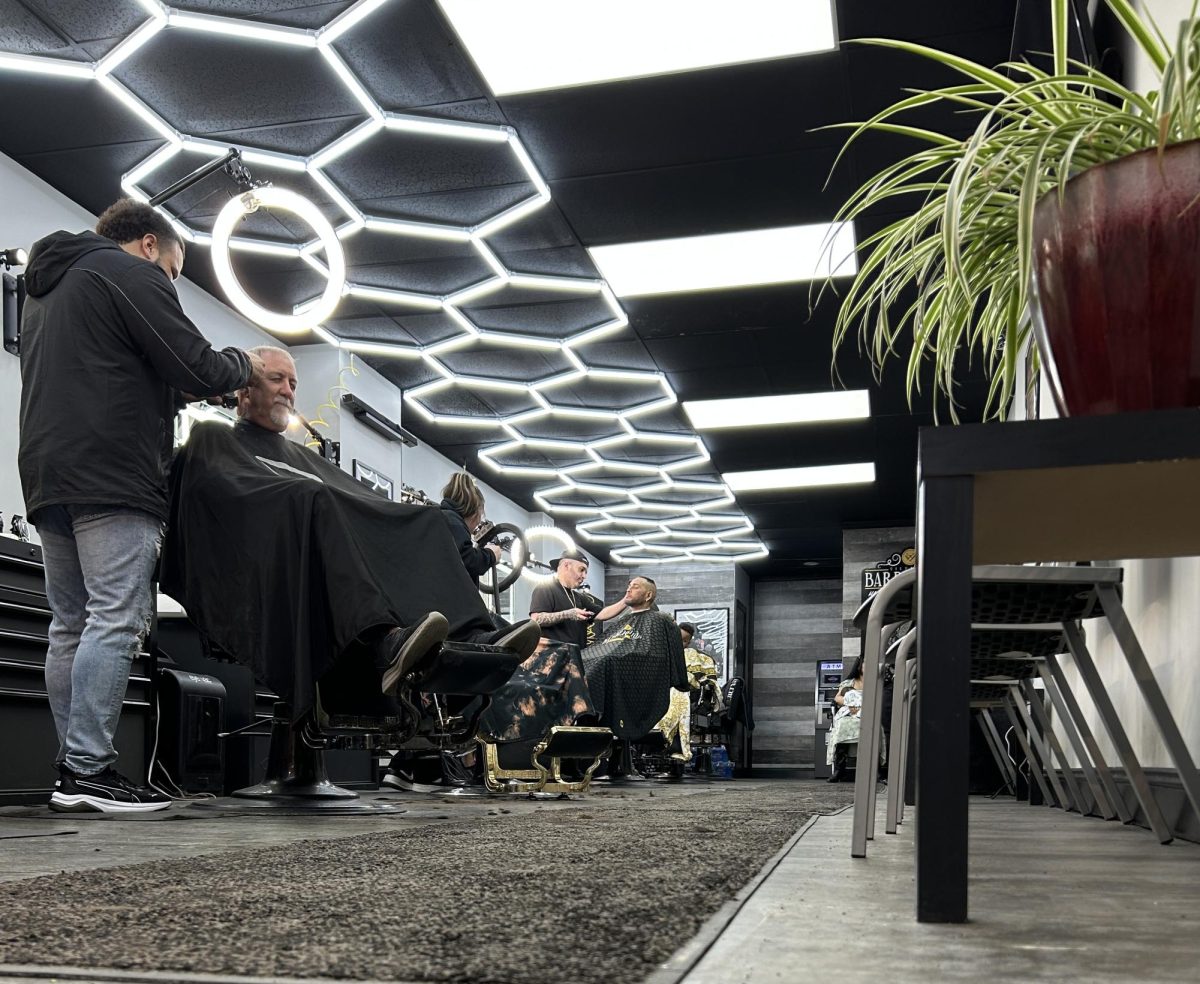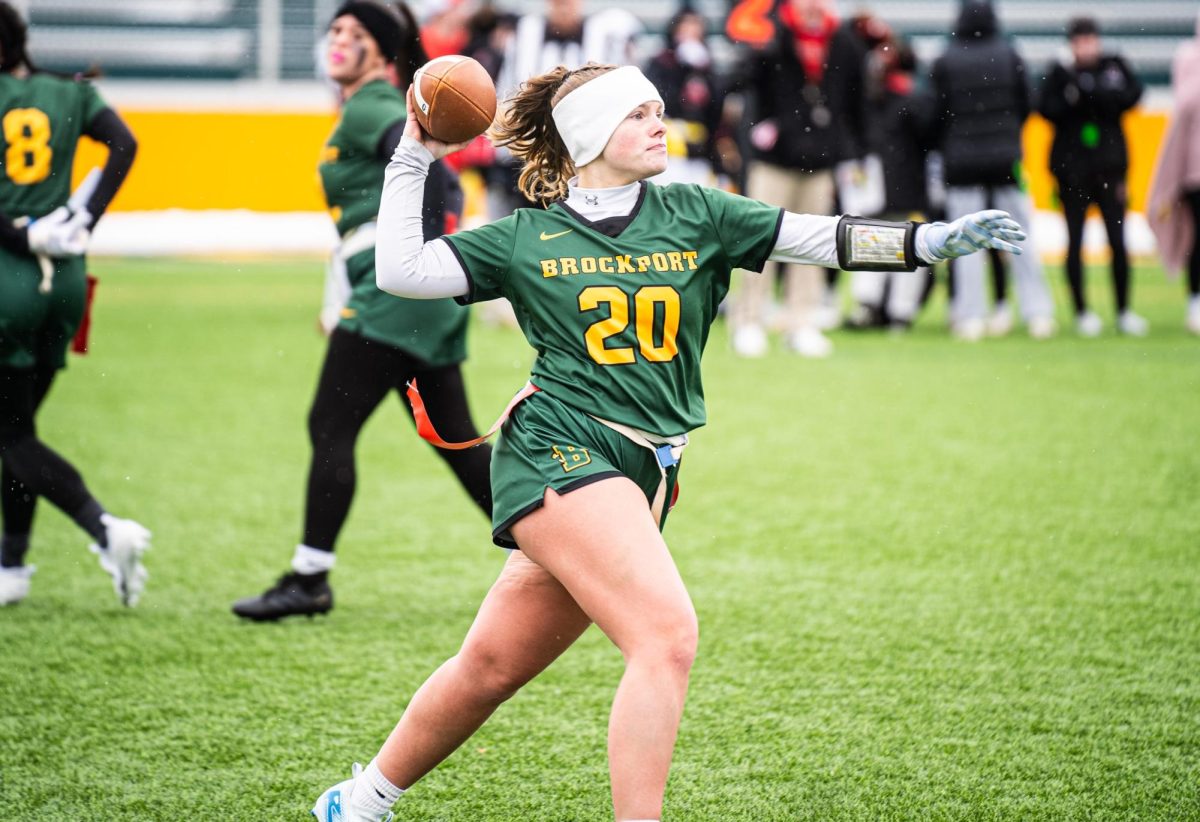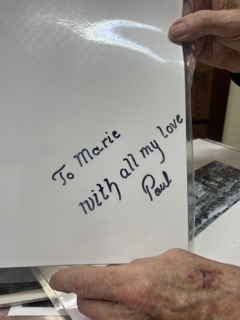
Beeple’s piece titled “Everydays: The First 5000 Days.” Photo credit: Christie’s
The COVID-19 pandemic has impacted nearly every facet of society in the past year. While in lockdown a subset of the American population has developed new methods to achieve success and self-fulfillment.
Artists throughout the country are turning to online marketplaces in order to attract patrons. Since traditional modes of art consumption like galleries, exhibits and conventions have been halted by the pandemic, artists are seeking opportunities elsewhere.
Through the internet, creators can conveniently connect with potential customers, easily transact business and reach a broader audience on social media platforms.
In fact, an entirely new way of classifying and commodifying art has recently emerged. Non-fungible tokens (NFTs) are digital tokens that are tied to a particular piece through blockchain technology that include information regarding the original source of the work and its authenticity.
On Feb. 25, an artist named Mike Winkelman – better known as Beeple – put his work titled “Everydays: The First 5000 Days” up for auction. It was the first purely digital work of art to be offered by a major auction house and the first to be purchased with cryptocurrency. His work ended up selling for $69 million when the auction concluded on Mar. 11.
While certain artists are utilizing new technology to sell their art and verify its value, others have found success through more traditional methods. Platforms like IndieMade, ArtFire and Etsy allow artists to display, sell and ship their work to buyers.
One such artist is Lauren Tomlinson, based out of Rochester, she has her own line of handmade polymer clay jewelry. On Instagram as @ltcreated, she has cultivated a sizable following and has been successful in attracting new customers.
“With being able to go out less I had more time to devote to developing my busines, but also art has always been a way for me to express myself and it helped me find peace during the pandemic,” Tomlinson said. “Patforms like Etsy make it possible for artists to share their work with a wider audience. I’ve sent my art to places outside of not only my state but also my country and that’s not possible without e-commerce and Etsy. That and social media allow for different opportunities for artists that would never be there without more people seeing them.”
While some people have been able to operate in the past year with minimal difficulty, other artists have struggled to adapt to the changes brought about by the coronavirus. Tasha L. (she did not wish to provide her last name) is a pediatric speech-language pathologist by day. On the side she runs ReRooted Rochester – a business that sells the wearable art and home decor pieces she makes from repurposed materials.
“When I started ReRooted I was primarily doing vintage and repurposed bottle art,” Tasha said. “My art focuses a lot on repurposing and reusing items. I’ve only done small local art shows over the years, I strive to keep my business small and enjoyable. I started a website last summer due to the lack of shows. Unfortunately, however the website is not as successful as I’d hoped, I prefer small in-person art shows.”
Americans everywhere are having to adjust the ways they go about their lives. Artists are no exception, especially since we often associate art with social spaces and events. The pandemic has socially ostracized the population, forcing artists to adjust by adopting online platforms and new value-adding technology.
Although coronavirus continues to limit what people can do, through new digital avenues and technology, artists are finding different ways to sustain themselves.




















